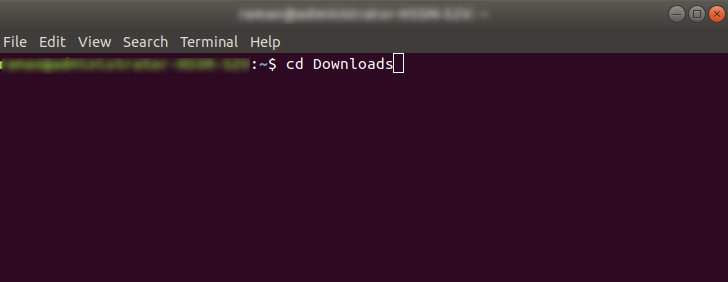

Process: 53003 ExecStart=/usr/sbin/apachectl start (code=exited, status=0/SUCCESS) Loaded: loaded (/lib/systemd/system/rvice enabled vendor preset: enabled)Īctive: active (running) since Sat 11:31:31 CST 2s ago sudo apt install -y apache2 apache2-utilsĪfter it’s installed, Apache should be automatically started. The apache2-utils package will install some useful utilities like Apache HTTP server benchmarking tool (ab). Sudo apt upgrade Step 2: Install Apache Web ServerĮnter the following command to install Apache Web server. Run the following commands on your Ubuntu 20.04 OS. Step 1: Update Software Packagesīefore we install the LAMP stack, it’s a good idea to update the repository and software packages. Once you have a VPS running Ubuntu 20.04, follow the instructions below.Īnd if you need to set up LAMP stack with a domain name, I recommend buying domain names from NameCheap because the price is low and they give whois privacy protection free for life. How to Create a Linux VPS Server on Kamatera.9 data centers around the world, including the United States, Canada, UK, Germany, The Netherlands, Hong Kong, and Isreal.įollow the tutorial linked below to create your Linux VPS server at Kamatera.If you are looking for a virtual private server (VPS), I recommend Kamatera VPS, which features: To follow this tutorial, you need an Ubuntu 20.04 OS running on your local computer or on a remote server. Linux is the operating system Apache is the web server MariaDB/MySQL is the database server and PHP is the server-side scripting language responsible for generating dynamic web pages. It is the most common software stack that powers dynamic websites and web applications. LAMP stands for Linux, Apache, MariaDB/MySQL, and PHP, all of which are open source and free to use. A software stack is a set of software tools bundled together.


This tutorial is going to show you how to install LAMP stack on Ubuntu 20.04 LTS.


 0 kommentar(er)
0 kommentar(er)
